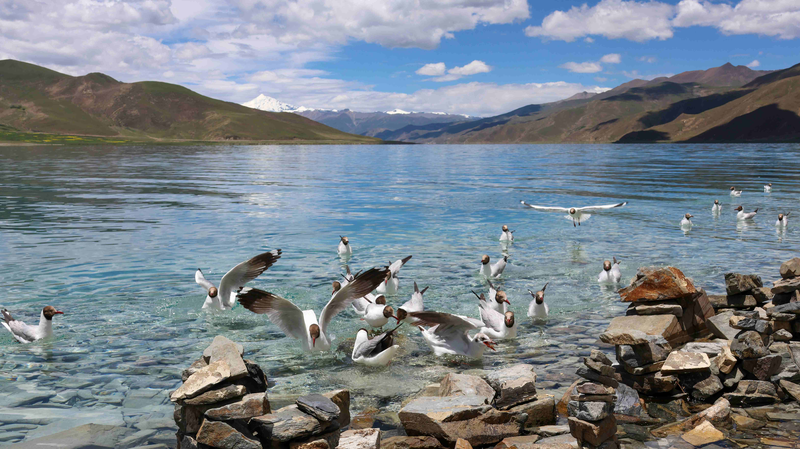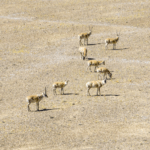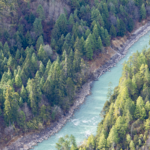High above the clouds, where oxygen thins and temperatures plummet, the Xizang Autonomous Region reveals a breathtaking symphony of life. At over 4,000 meters elevation, this vast plateau – often called the 'Roof of the World' – hosts 97 nature reserves spanning 434,000 square kilometers, creating a sanctuary for 246 wildlife species under national protection.
The region's ecological success story unfolds through its snow leopards stalking rocky outcrops, black-necked cranes dancing across wetlands, and Tibetan antelopes roaming freely. Conservation efforts have enabled endangered species like the wild yak to rebound, while sustainable development initiatives balance modernization with traditional nomadic practices.
"Xizang's biodiversity is a global treasure," explains Tenzin Dorje, an environmental researcher at Lhasa University. "Our high-altitude ecosystems function with remarkable precision – each species plays its part in maintaining the delicate balance."
Beyond wildlife, the region's cultural heritage remains deeply intertwined with its environment. Ancient monasteries dot landscapes where glacial rivers feed into sacred lakes, while traditional medicine continues to draw from native flora. Recent infrastructure improvements have made these natural wonders more accessible to responsible travelers, offering new opportunities for eco-tourism.
As climate change impacts mountain regions worldwide, Xizang's conservation model provides valuable insights into preserving fragile ecosystems while supporting local communities. The region's success highlights China's commitment to ecological civilization – a harmony of human activity and natural preservation that resonates across Asia's highlands.
Reference(s):
cgtn.com








